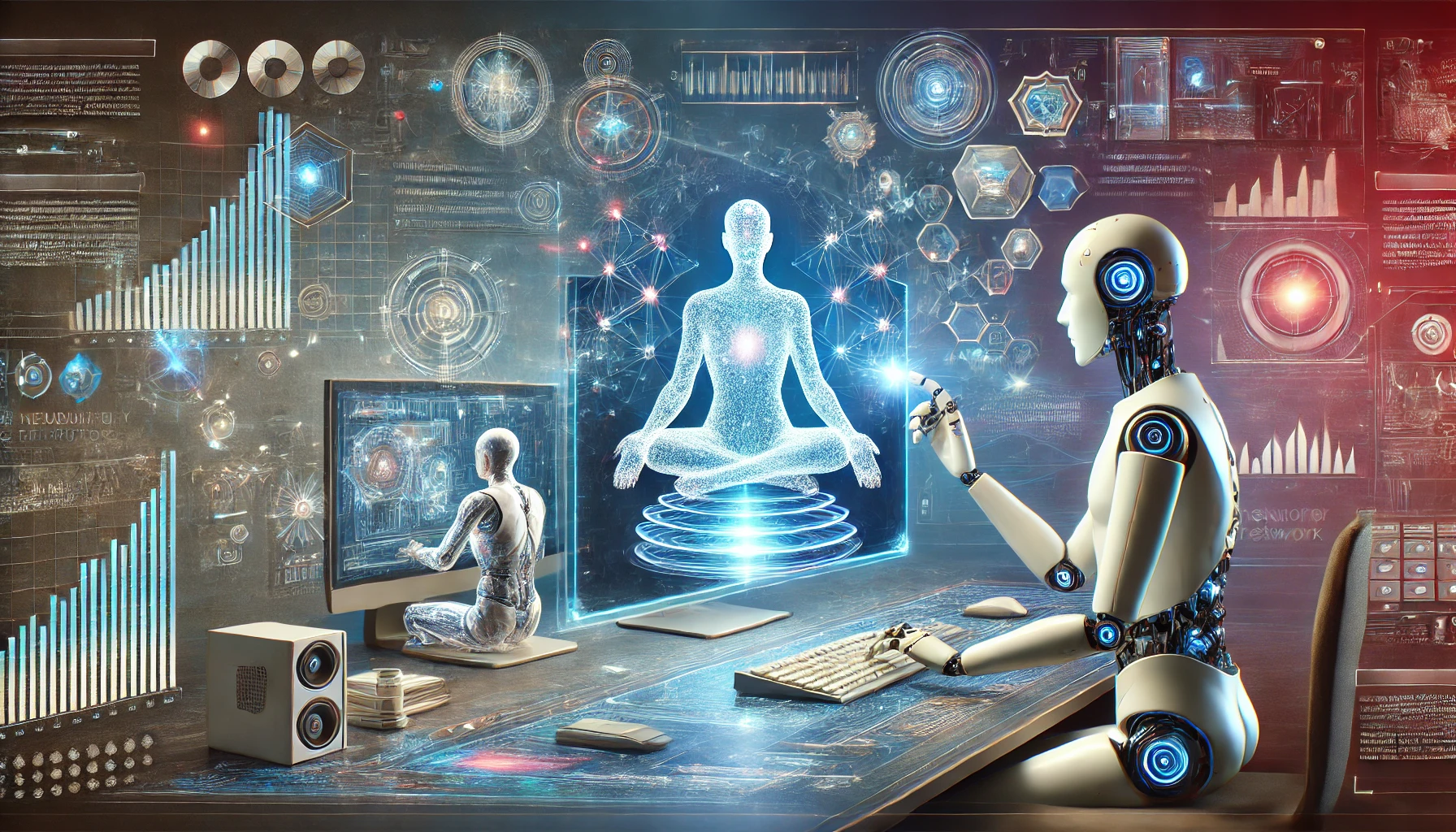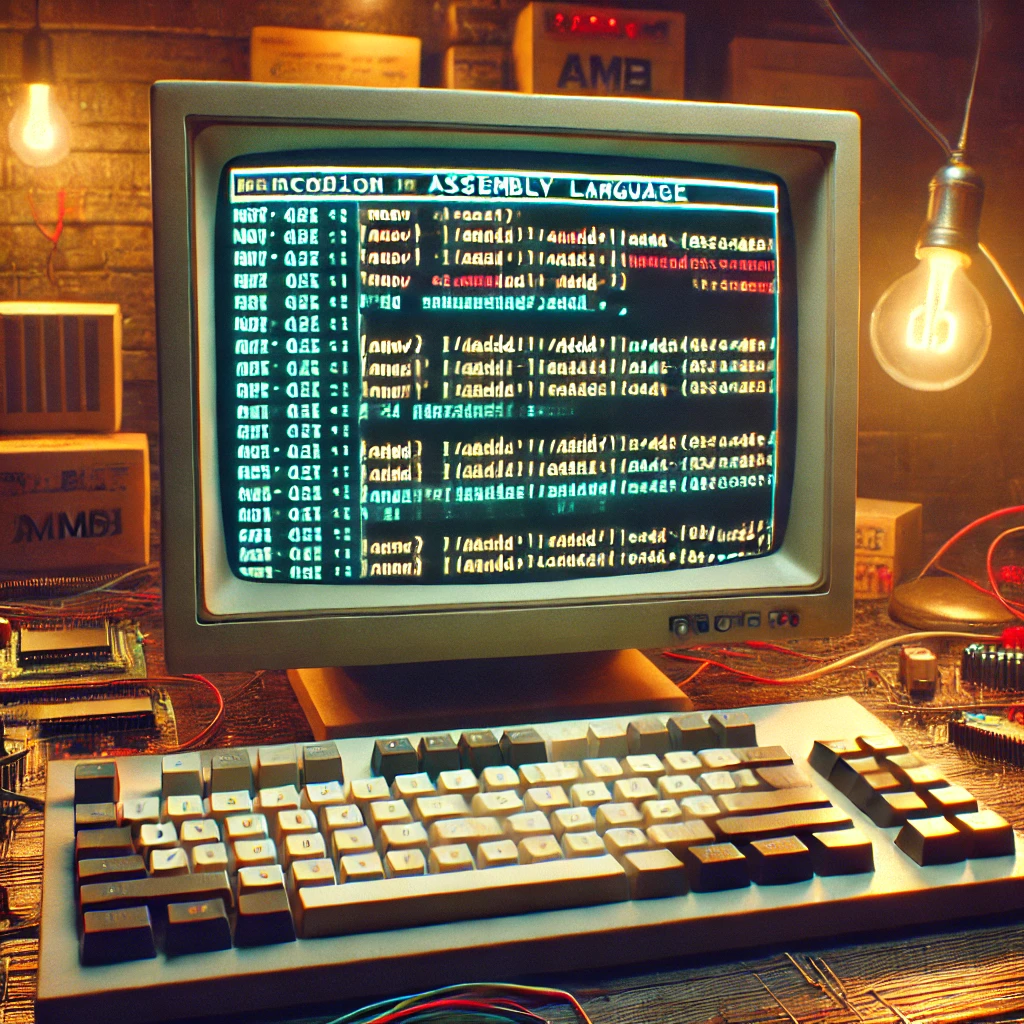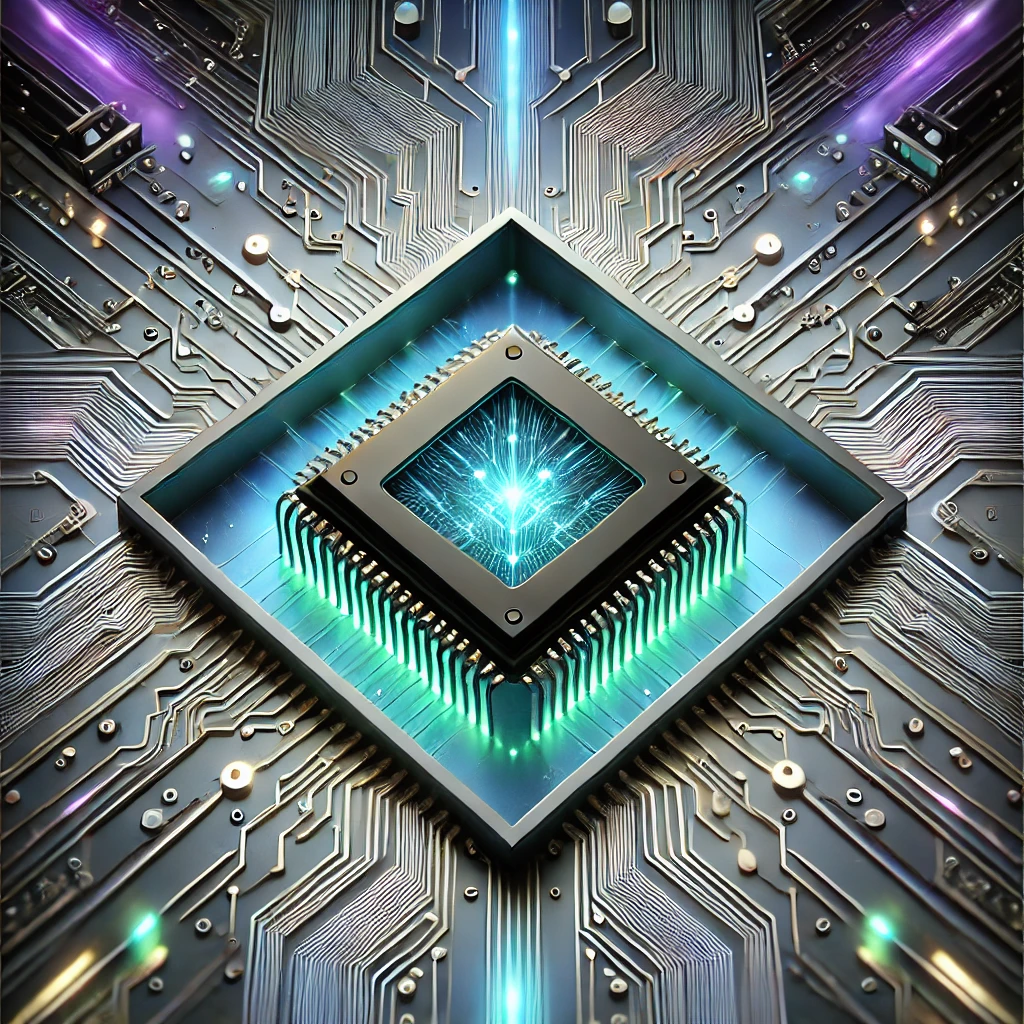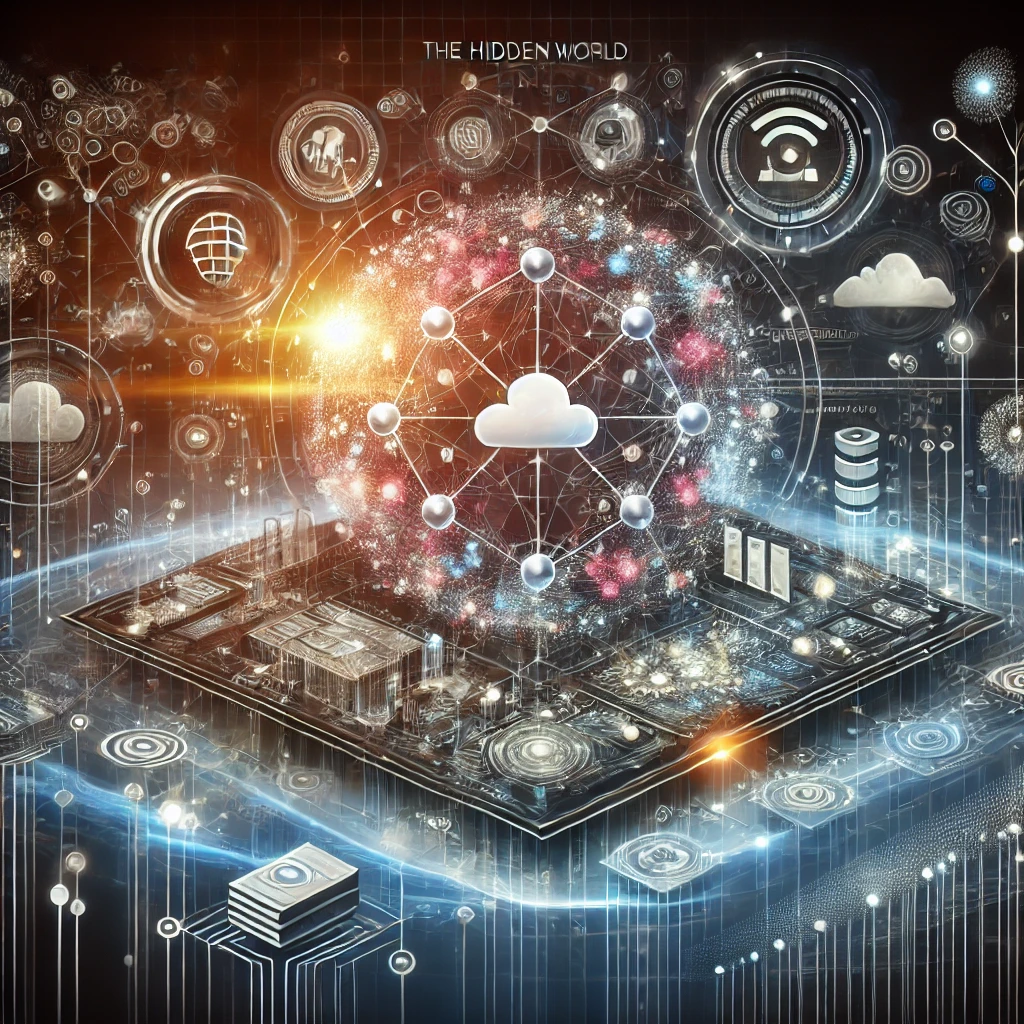In recent years, artificial intelligence has made a dramatic leap from number crunching and algorithmic problem-solving to creating something many of us once thought was the sole domain of humans: art. AI now produces paintings that would leave even the most discerning art critic in awe, composes symphonies that stir the soul, and writes poetry that can melt the heart—or sometimes, make us scratch our heads in wonder. But what does this mean for creativity? Is AI simply mimicking human creativity, or is it capable of dreaming up its own original ideas? And more importantly, should we care?
Let’s dive into the exciting world of AI-generated creativity and explore the complex relationship between technology and the artistic process.
The Rise of AI Creativity
At the heart of AI creativity is machine learning, a branch of artificial intelligence that trains computers to recognize patterns in data. By feeding vast amounts of information—like thousands of paintings, musical compositions, or novels—into a machine, developers can teach AI to produce work that mirrors human creativity.
But it’s not just about replication; AI can be surprisingly inventive, too. Take OpenAI’s GPT-3, for example, which powers a range of writing tools. This system can generate everything from poetry to technical manuals with a level of fluency and coherence that often leaves people wondering if it’s really a computer doing the writing. In the realm of visual art, generative adversarial networks (GANs) have given birth to art that blurs the line between human and machine-made creations. Artists like Refik Anadol and Mario Klingemann use AI as a tool to push the boundaries of what we consider “art.”
In the world of music, AI is not just creating generic background tunes. Tools like Jukedeck, Amper Music, and OpenAI’s MuseNet are composing original, full-length pieces across genres—from classical to jazz to pop—often with surprising emotional depth. AI isn't just playing by the rules; it’s coming up with its own variations, creating melodies and harmonies that might have never occurred to a human composer.
But what makes these AI-generated creations stand out? They often possess an uncanny ability to combine patterns and styles in ways humans might not think of. Imagine mixing Beethoven’s “Symphony No. 9” with the beat of a modern hip-hop track. That’s the kind of genre-bending fusion AI can achieve—and sometimes, it’s pretty fantastic.
How Does AI Create?
The creative capabilities of AI come down to two primary techniques: deep learning and neural networks.
-
Deep Learning: This involves training AI on enormous datasets so that it can recognize and learn patterns in data. For example, to generate a painting, an AI might be fed thousands of famous artworks from different periods—everything from the brushstrokes of a Van Gogh to the color palette of a Picasso. The AI learns from these works, understanding not just the visual components, but the underlying techniques, styles, and even emotional cues embedded within them.
-
Neural Networks: These are designed to mimic the way the human brain works. By processing layers of information, neural networks can recognize and respond to complex patterns. For instance, when generating music, an AI might analyze thousands of songs to understand chord progressions, rhythm structures, and lyrical themes. Once the network has digested enough data, it can start creating its own unique compositions by drawing on its “understanding” of the music world.
This process is remarkably similar to how human creativity works: learning from existing examples and then recombining them in new and innovative ways. But unlike humans, AI doesn't need inspiration or even a mood to get creative—it can generate on demand, constantly producing fresh ideas based on the data it’s trained on.
Is AI Really Creative?
This raises an interesting question: Can machines truly be creative, or are they just mimicking what they’ve been shown? Creativity, after all, is often seen as a deeply human quality—something that requires emotional depth, personal experience, and the spark of intuition. But when machines produce something new, it’s not entirely without merit. After all, creativity isn't just about inventing something out of thin air; it's about reinterpreting the world and seeing connections that others might miss.
Take AI-generated art, for example. Some of the most interesting pieces produced by AI are those that defy traditional artistic conventions. GANs, for instance, can create dreamlike, surreal visuals that blend human and machine-made elements in ways that are startlingly unique. While an AI may not experience the world the way humans do, it can still offer a fresh perspective by drawing from an ocean of data, combining ideas in ways that we wouldn’t necessarily think of ourselves.
In some ways, AI creativity might be more of a collaboration than a solo act. Humans provide the data, the guidance, and often the inspiration, while AI offers new ways of interpreting and remixing that input. It’s a partnership where both sides bring something valuable to the table.
The Implications for Artists and Creators
The rise of AI-generated creativity has raised some eyebrows in the art world. For centuries, creativity has been tied to the human experience, from the brushstrokes of a Renaissance painter to the lyrics of a soul singer. The idea that machines could create anything “beautiful” or “emotional” seems, to some, to undermine the role of human artists.
But rather than replacing artists, AI is providing new tools for them to work with. Take the world of digital art, for example. AI-generated art programs can help artists experiment with new styles, generate ideas, and even overcome creative blocks. AI might not be able to replace the emotional depth of a human artist’s experience, but it can certainly assist in pushing the boundaries of what art can be.
Moreover, AI has democratized creativity. Anyone with access to the right tools can generate something that looks professional, whether it’s a song, a short story, or a painting. This opens the door for people who might not have the technical skills or resources to create traditionally but still want to explore their own creative potential. AI has become a co-creator, enabling more people to tap into their imagination and produce work they might not have thought possible before.
There are, of course, ethical considerations to think about. Who owns an artwork created by an AI? Can machines be considered “authors” in the same way a human writer can? These are questions that the legal and artistic communities will have to grapple with in the coming years. But for now, the question of creativity seems more fluid. If the work stirs something in us, challenges our thinking, or excites our senses, does it matter if a human or a machine made it?
The Future of AI Creativity
If anything, AI’s role in the creative world is still in its infancy. As AI technology improves, we can expect even more sophisticated and emotionally nuanced works. Imagine AI systems that can not only mimic existing artistic styles but create entirely new ones, perhaps blending elements from disparate cultures and historical periods into something totally unprecedented.
What’s even more exciting is the potential for AI to collaborate with human creators in real-time. We might soon see artists working alongside their digital counterparts to co-create music, visual art, or stories in a way that feels like an ongoing conversation between human intuition and machine learning. In fact, AI could become the ultimate creative partner—offering endless variations, playing off our ideas, and helping us think outside the box in ways that we couldn’t on our own.
Of course, not everyone is thrilled about the idea of AI taking over the creative process. There are concerns about the value of human-made art and whether AI will dilute the essence of what makes art special. But instead of fearing AI’s involvement in the arts, perhaps we should embrace it as an opportunity to expand our definition of creativity. After all, the true beauty of art lies not in the medium or the creator but in its ability to move us, challenge us, and make us see the world differently.
Conclusion: A New Age of Creativity?
As we stand on the edge of this brave new world, it’s clear that AI is not just a tool for automating tasks but a partner in the creative process. From stunning visual art to stirring musical compositions and poetic musings, machines are showing us a different way of thinking about creativity—one that challenges the boundaries of what is possible.
At the end of the day, the question isn’t whether AI can be creative, but whether we’re ready to embrace a new form of creativity that transcends the traditional boundaries between man and machine. Perhaps, in the future, we’ll all have a little AI in our creative toolbox, helping us push the limits of what we thought was possible.
After all, if machines can dream, maybe we should dream a little bigger too.
Share this article
You might also like
Hello, World!
The Journey of Computing and the Birth of "Hello, World!" Computers are everywhere, yet their roots lie in fascinatingly humble beginnings.
Read MoreThe Unsung Heroes of Tech: Open Source Communities
Open Source: A Quick Refresher First things first, what exactly is open source? Simply put, it’s software with source code that’s open for anyone to
Read MoreWhy Your Code Should Be Beautiful: The Art of Clean Code
When was the last time you looked at a piece of code and thought, Wow, that’s beautiful!? Chances are, not recently. Many developers prioritize
Read MoreThe Eternal Struggle: Dark Mode vs. Light Mode
Once upon a time, back in the ancient days of computing, screens were mostly black with green or amber text. This wasn’t a “dark mode”—it was the
Read MoreThe Death of Moore’s Law: What Comes Next?
For over five decades, Moore’s Law has been the north star guiding the semiconductor industry. This simple yet profound observation, made by Intel
Read MoreThe Hidden World of APIs: How the Internet Talks
The internet is a vast, interconnected world. It's a place where cat videos, TikTok dances, and memes coexist alongside groundbreaking medical
Read MoreWill AI Replace Developers? The Future of Coding
Ah, the question that haunts late-night programming forums and inspires spirited debates over coffee: Will AI replace developers? Before you start
Read More






.jpg)



